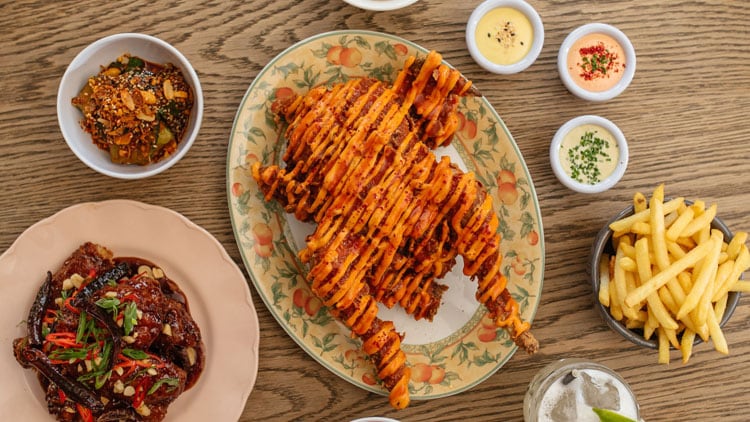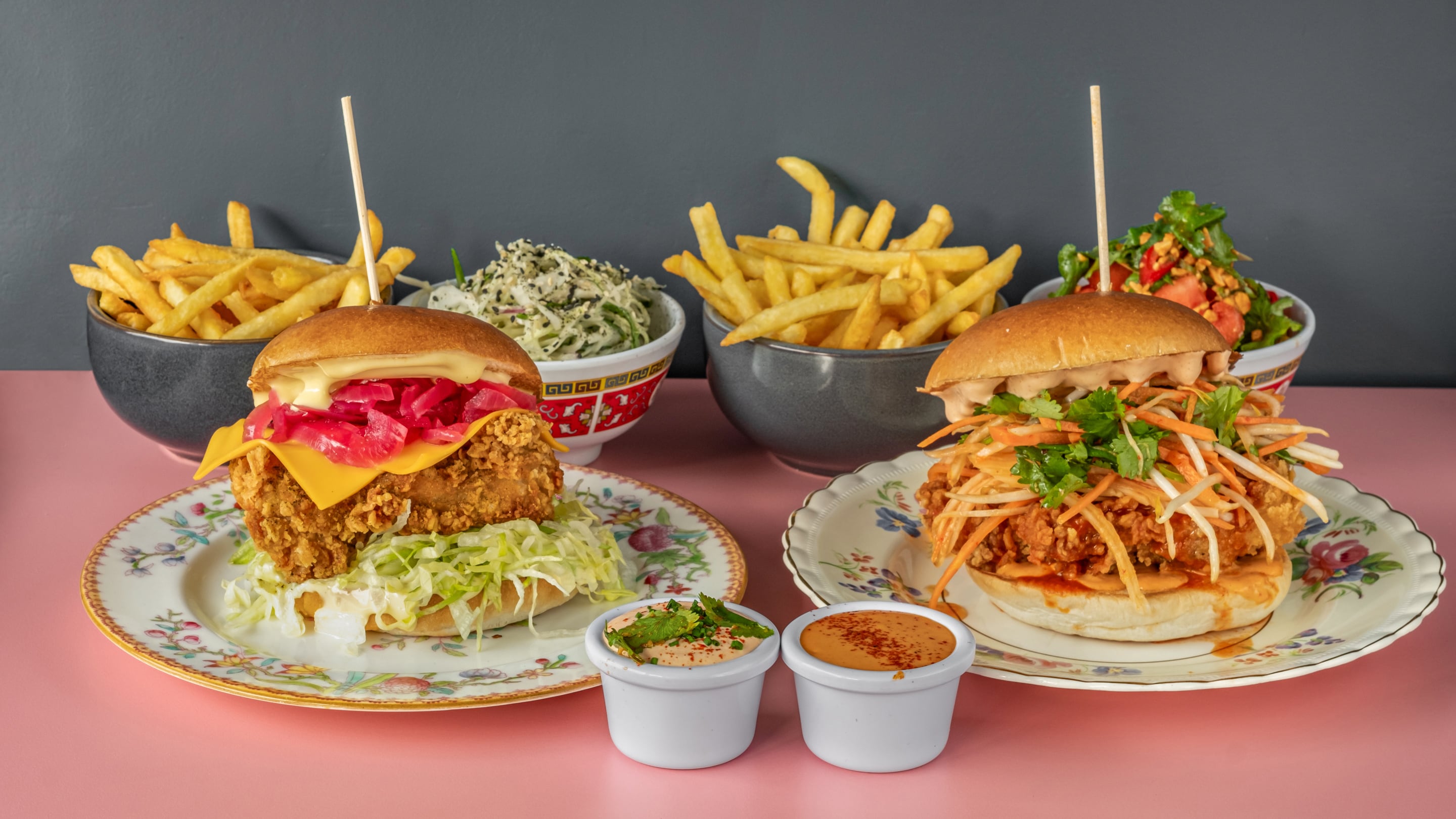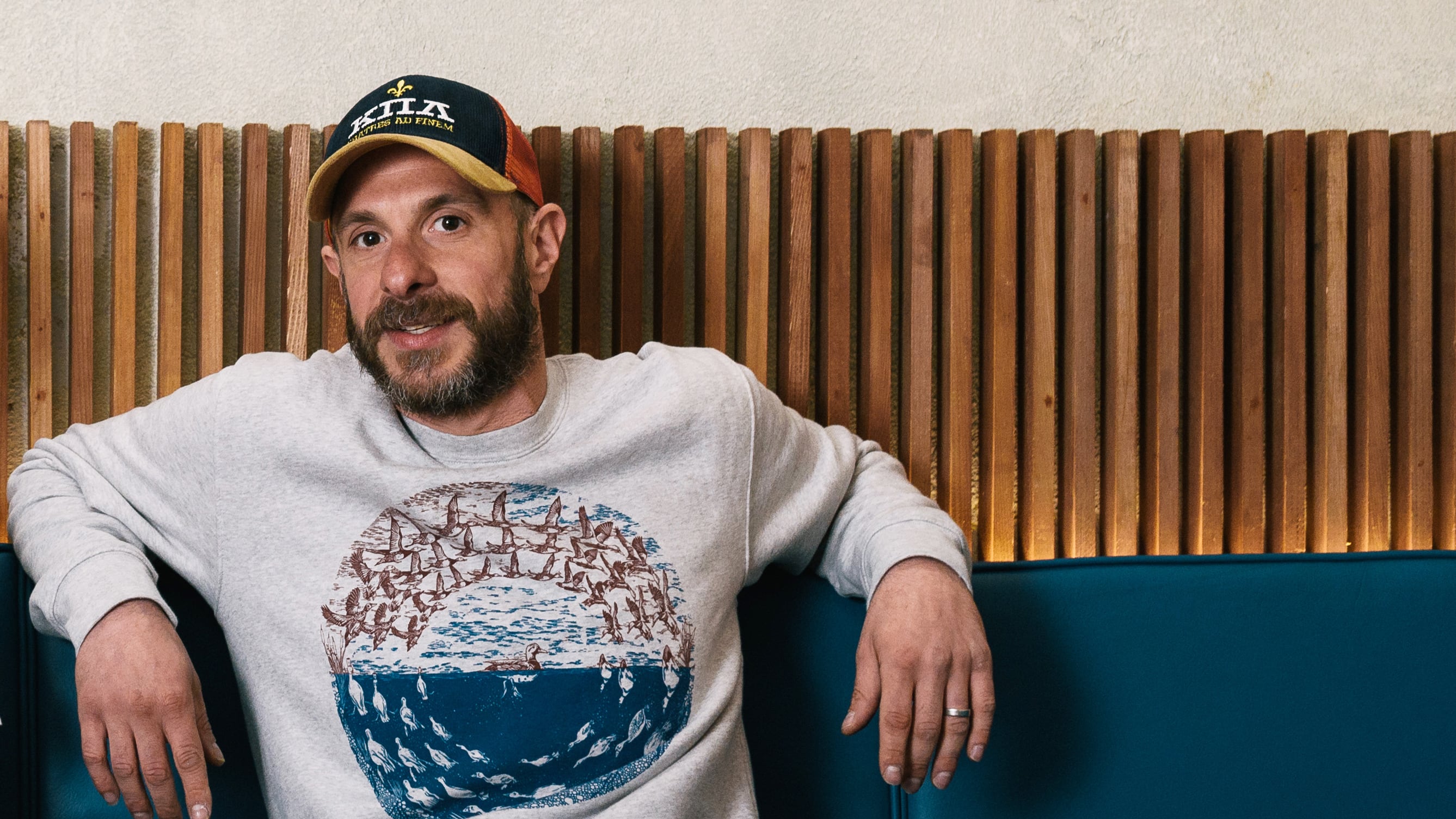Usually when a restaurant closes that’s the end of the story. The signage comes down, the ‘to let’ sign goes up, and the brand, more often than not, fades from our collective memories. That wasn’t the case, however, when David Wolanski announced back in May that Chick’n’Sours would be closing its final bricks and mortar restaurants having traded for 10 years in the capital.
The cult brand, which is known for its menu of fried chicken blended with strong Asian influences and served with sour cocktails, has long been a favourite among London diners having launched in Haggerston back in 2015. But despite its many successes, the business found itself struggling. When he announced the restaurant closures, Wolanski described the trading situation as not viable, and declared that the casual dining model was ‘broken’.
“We do what we do because we love it fuelled by passion and a desire to provide guests with awesome food and memorable dining experiences. But that’s not enough these days,” he said.
At the time, though, Wolanski was also clear that the Chick’n’Sours brand would live on; much to the relief of the thousands of people on social media who mourned the news of the closures. Indeed, in the months since, the brand has grown its footprint across London via a series of delivery kitchens launched under a partnership with food franchising business Sessions and Deliveroo. And late last month it also launched a residency at King’s Cross bar and music venue Big Chill, which Wolanski describes as being part of a strategy to ‘reach new audiences in a sustainable, flexible way’ that focuses on low-capex growth.
Speaking to Restaurant in his first trade interview since the closures, Wolanski discusses the new strategy and how it could establish Chick’n’Sours as a nationwide brand by the end of next year. He also reflects on how the business got to this point and whether it’s the end of bricks and mortar openings for the brand.
Tell us what you learnt from the process of closing the restaurants
What it taught us is that we’d built a brand and a community. We didn’t build a restaurant, we built memories. And the response when we closed showed that we had made a connection with so many people. That for me is what we always set out to do; to create an experience and put a smile on people’s faces, and by doing that you give yourself longevity.
What was it that finally led to the decision to close?
Trading never really recovered after the pandemic. How people dine changed massively in that time, as did the financial model for the business. It became harder and harder to fill the restaurants, particularly at lunchtimes. Then we started doing events, which was a gamechanger. The volumes we were doing at festivals was huge, while the restaurant game felt more and more challenging. We realised we could spend £80,000 on a food truck or £500,000 on a new restaurant. So that side of the business grew and grew, and eventually we decided to not open any more restaurants. And soon after that we made the decision to close the bricks and mortar ones completely and focus on growing the business in other ways.

Did you ever worry that was the wrong decision?
It’s funny, actually. If I look back now, closing the restaurants brought us back into the limelight again. Having people voice their feelings and their connections with our brand through their socials opened us up to a new audience. The plan was always to continue with the festivals and events, but from that I came up with a growth model that was low risk and low capex. Our Big Chill residency is a perfect example of this, where we don’t have to spend a huge amount to come in and we’re not tied to a huge, long lease. It’s about having a nimble business that can make the most of the opportunities presented to it.
You’ve also opened a series of delivery kitchens in recent months
Yes. We’ve licensed the brand to Sessions. We’re in a validation period at the moment to see what works and what doesn’t so we can decide what strategy to take for growth. We’ve opened eight kitchens in London and they’re working really well, and we’re just about to spread our wings a little further. It’s a chance for us to test the waters outside the capital properly for the first time. Sessions has a detailed strategy about where to go, different areas that we’re testing out. And hopefully there’s no reason why our kitchens can’t be all over the country by the end of next year.

It’s 10 years since you launched Chick’n’Sours. What key lessons have you learnt in the last decade?
There are so many. Being a jedi with your numbers is crucial. You can’t take your eyes off them. One thing we did from the beginning is we supported our managers to be part of that process. They saw all the costs and built their own P&L so they could understand how the business was performing, which brings them closer to the business and helps motivate them to succeed. We loved training people; so many have gone on to open their own places and that makes us super proud. You’ve got to empower your team, they’re everything, and without the right people you’re absolutely fucked.
What’s the biggest challenge to your business right now?
The biggest challenge we and everyone else in the restaurant industry face is that people aren’t eating out as much and they’re spending less, because they have less money. To make your restaurant stand on its own two feet and make the margins you need, what you need to charge is too expensive for people. We should be charging £15 for a burger, not £12. You need to put your prices up to turn a profit, but as soon as you do there’s no elasticity in the market because people can’t afford it at the prices you’re charging. It’s a vicious circle.
Would you ever go back to restaurants?
I would never say never. Being an independent business gives you freedom to do whatever you want, to pivot when you need to. If something doesn’t work you can get out of it quickly. By being that way, I would never say no to doing restaurants again because who knows what’s round the corner. If that’s the right move for our brand and we’re able to do it, then why wouldn’t we?


